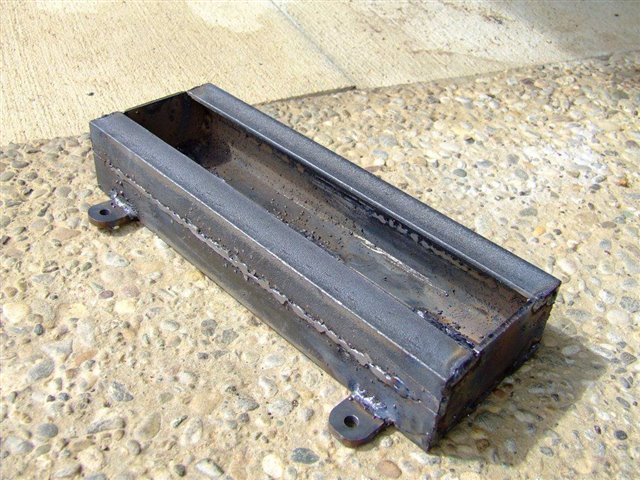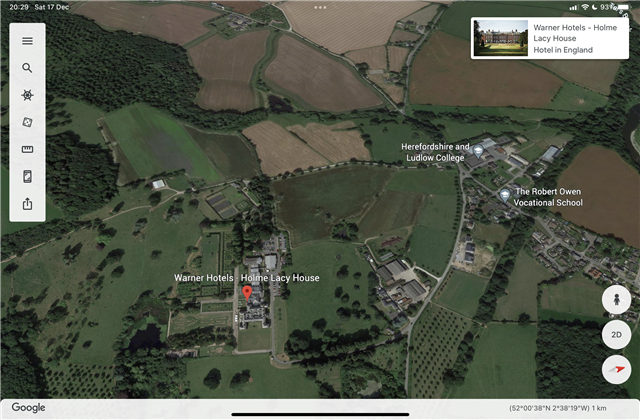Back in the days of yore I was half handy with an arc welder but I'm aware that things have moved on a bit. I've a "need" (Mrs G's inverted commas) to repair/alter a few things so what would you suggest would be a good option for the following? A 2mm mower deck needs a patch, a 4mm tractor bucket likewise and a trailer needs fettling with 6mm angle. Budget is an issue!



